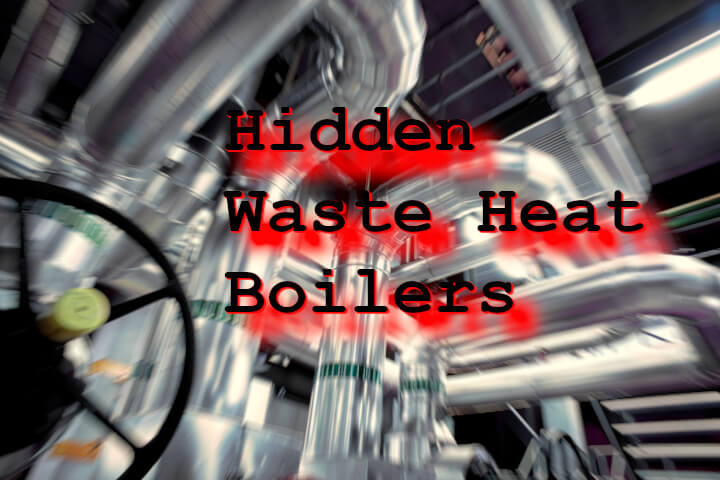It makes the most sense to include as many options as possible in a generic CRN registration to minimize the frequency of applications. In general, it is up to the applicant how they want to organize their CRN registration applications in accordance with model numbers, equipment use, markets, etc.
To help optimize the registration process, it is important to consider what a generic design is and if it makes sense to use in your circumstance.
When a design includes options or variations, the design is called generic. In other words, a generic design describes a range of options for the equipment. And if the design is described properly, in many circumstances only one CRN is required for a generic fitting or a generic vessel.
Except for category ‘H’ fittings, any number of model numbers and configurations of the same category can often be included in one generic CRN registration. For example, a bunch of control valves, ball valves, globe valves and butterfly valves are all inline valves and could all be included in a single category ‘C’ CRN registration number. Or a bunch of ASME B16.5 and custom ASME Section VIII-1 Appendix 2 flanges could all be included in a single category ‘B’ registration number. Similar considerations apply for pipe fittings (category ‘A’), expansion joints (category ‘D’), strainers, filters, evaporators and steam traps (category ‘E’), instrumentation including measuring devices like pressure gauges, level gauges, sight glasses, levels, and pressure transmitters (category ‘F’), and certified relief valves and fusible plugs (category ‘G’). Generic category ‘H’ fittings can also be registered but requirements are a bit more restrictive and akin to generic vessel registration.
Generic vessel CRN registration requirements are more restrictive. Authorized inspectors need to quickly ascertain whether a vessel design meets registration requirements or not. So, to avoid generic vessel applications where every conceivable option and geometry is proposed for registration under a single CRN number, some guidelines have been put in place by ABSA. In addition to ordinary design requirements, generic vessels are also to have:
- fixed maximum allowable working pressure (MAWP)
- fixed maximum allowable temperature
- fixed minimum design metal temperature
- fixed corrosion allowance
- fixed head geometry and thicknesses
- fixed diameter(s)
- all relocatable and optional nozzles, together with their potential locations, identified
- a nozzle spacing chart for relocatable nozzles meeting requirements of ASME Section VIII-1 paragraph UG-36 for pairs and clusters
- only one nozzle configuration (neck thickness, internal projection, weld size and reinforcement) for each nozzle size, except for ASME Section VIII- paragraph UW-16(f) fittings
To achieve the maximum amount of spacing variations, nozzles normally exempt from reinforcement per ASME Section VIII-1 paragraph UG-36 should instead be reinforced.
Depending on complexity, generic vessel designs might take slightly longer for the regulator to evaluate and register, but if all possible variations of a vessel are included with one CRN number, it is of benefit to the design owner to register a generic design. Even complex generic designs can be described clearly so that registration is not significantly delayed.




